#28: Advanced manufacturing: Using 3D printing, new materials and optimized designs to produce large-scale components
As America’s civil works infrastructure facilities age beyond their initial design lives, so do the thousands of individual components that keep them functioning. These original components were often fabricated using vintage material and manufacturing methods, making them costly, burdensome and time-consuming to replicate. However, if one of these parts were to suddenly break, that failure…
Read MorePodcast: Play in new window | Download


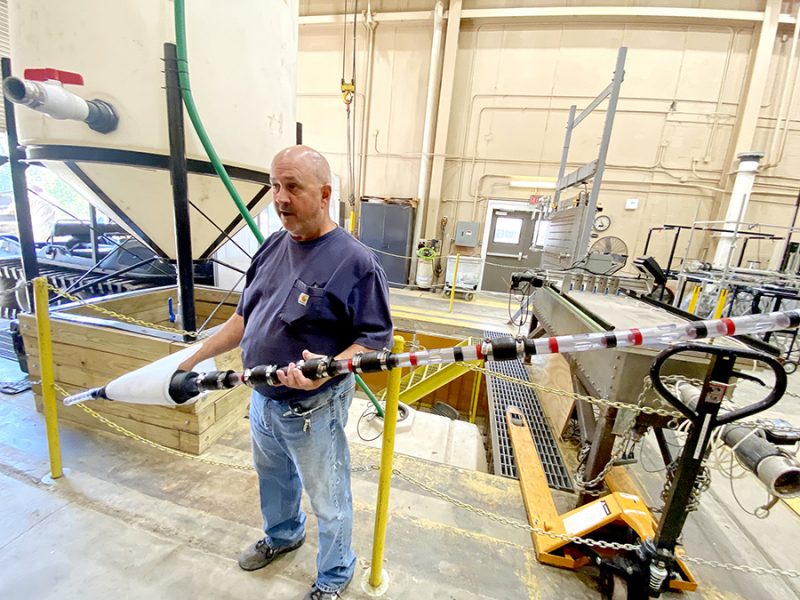
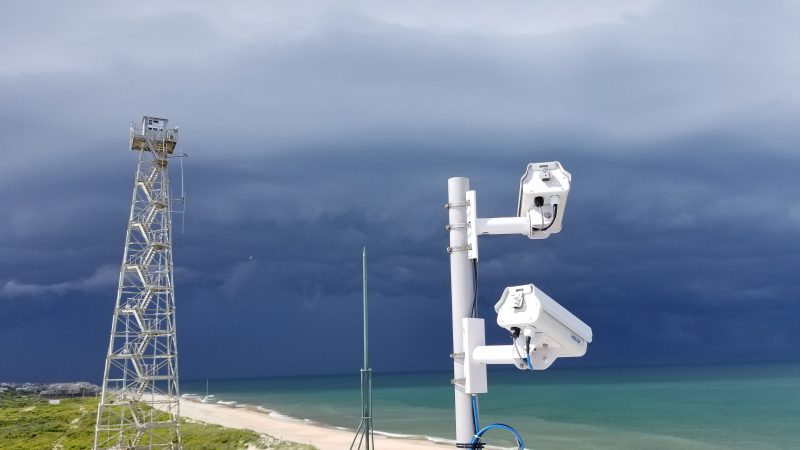


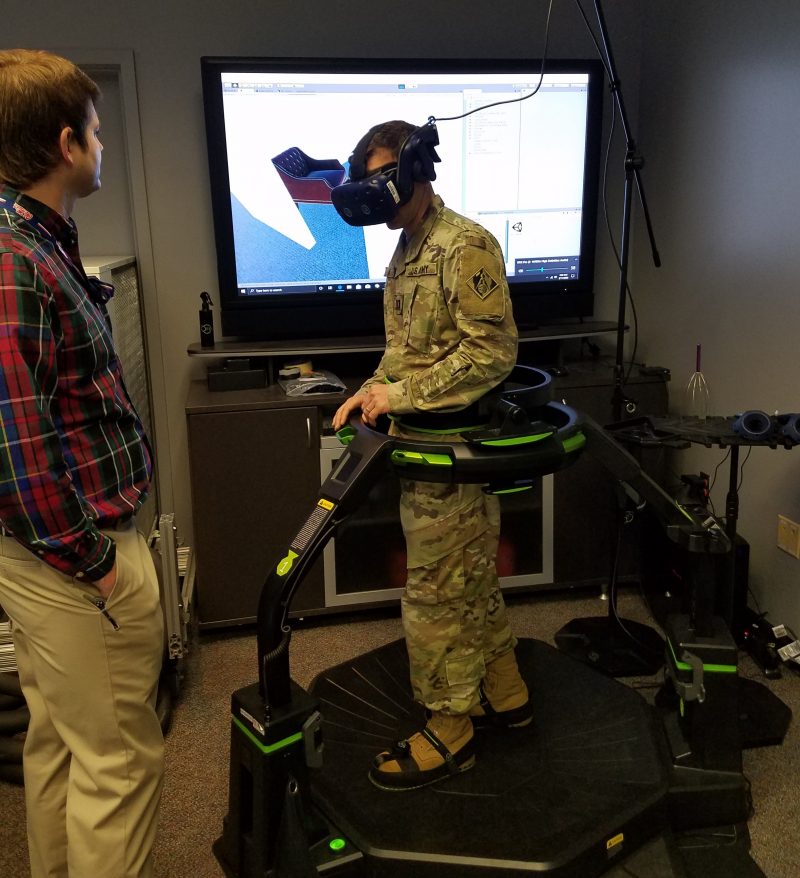
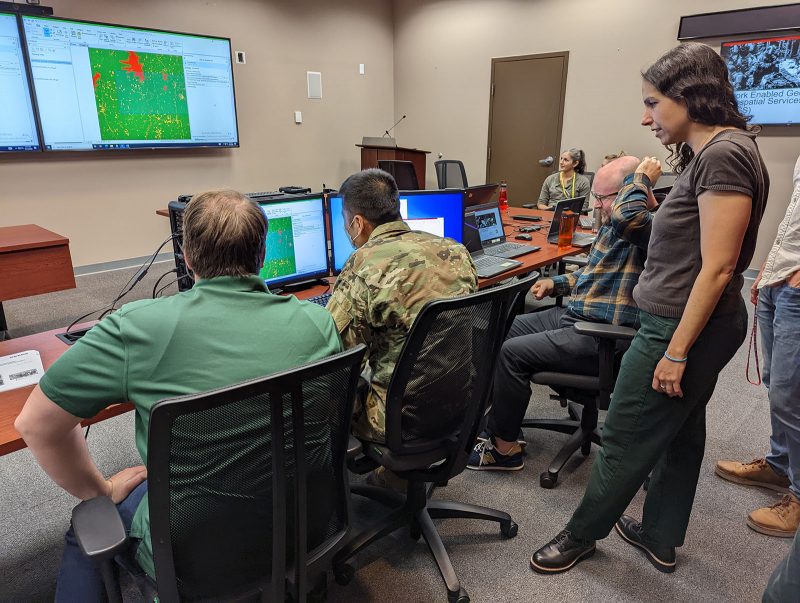
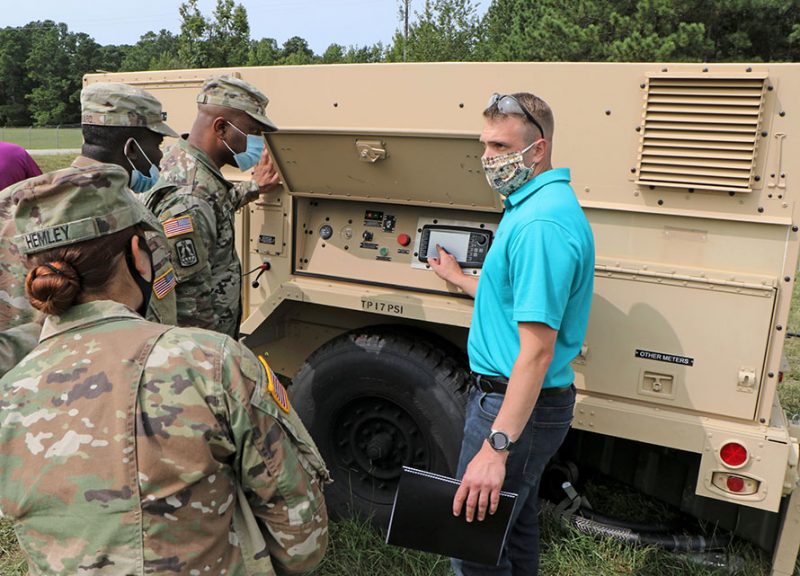
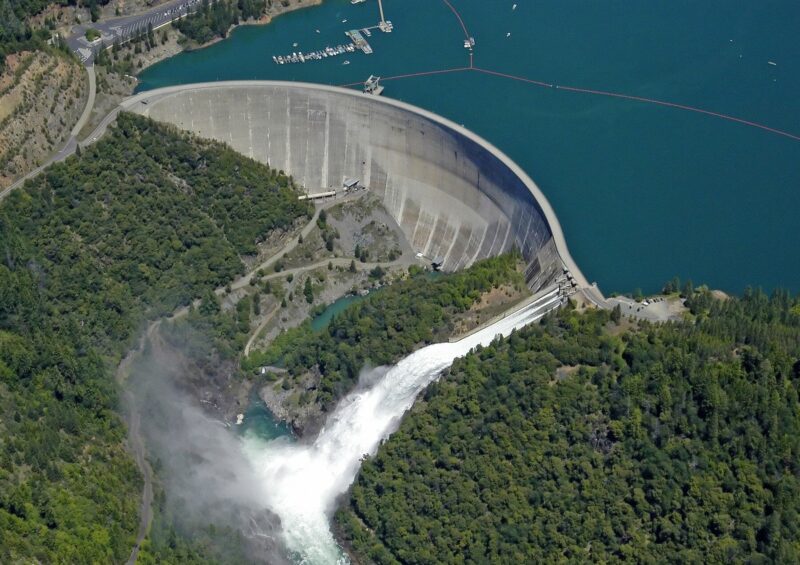

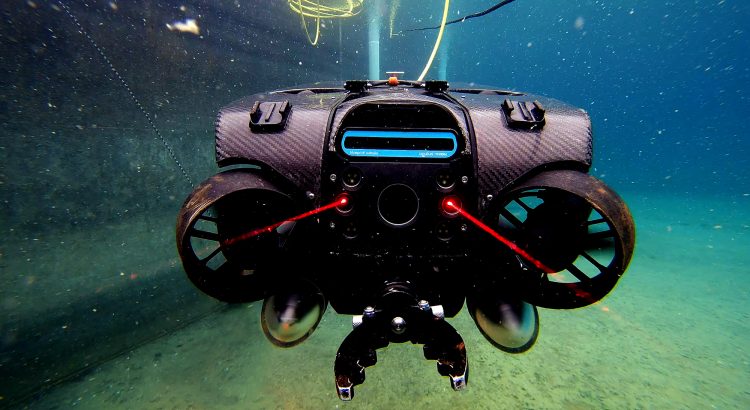
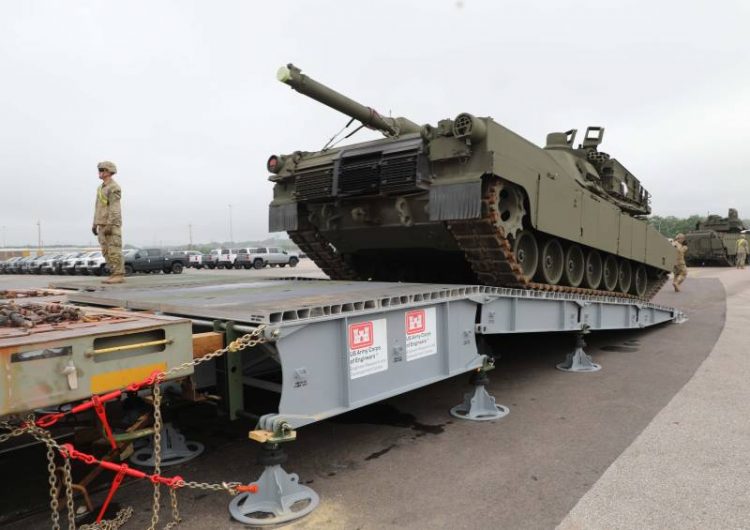
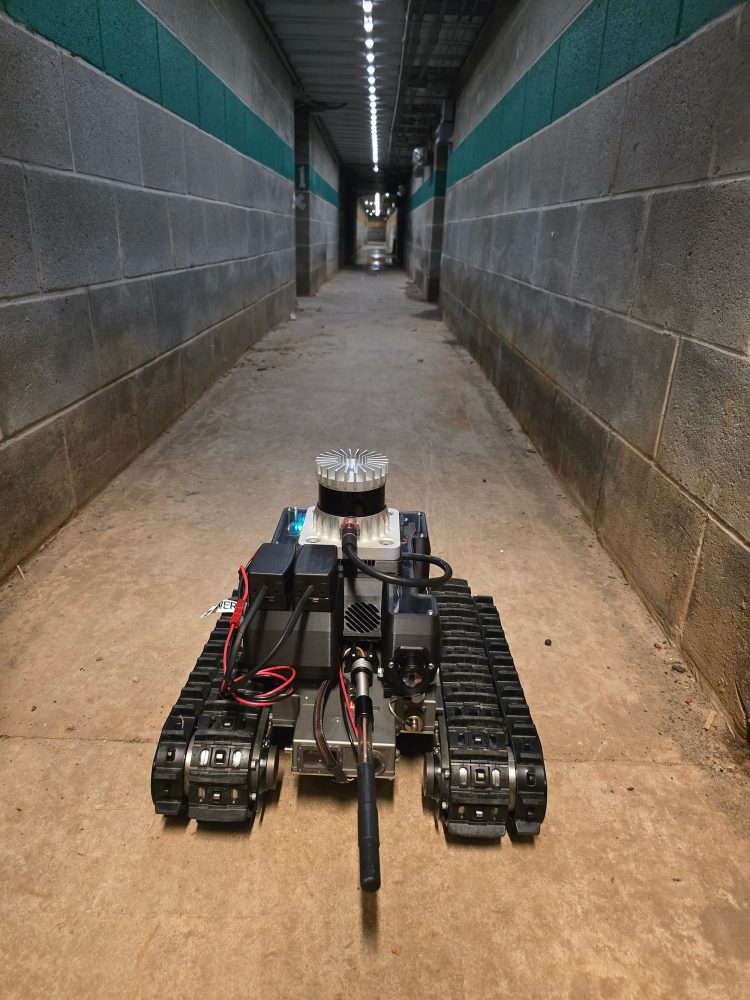
Recent Comments